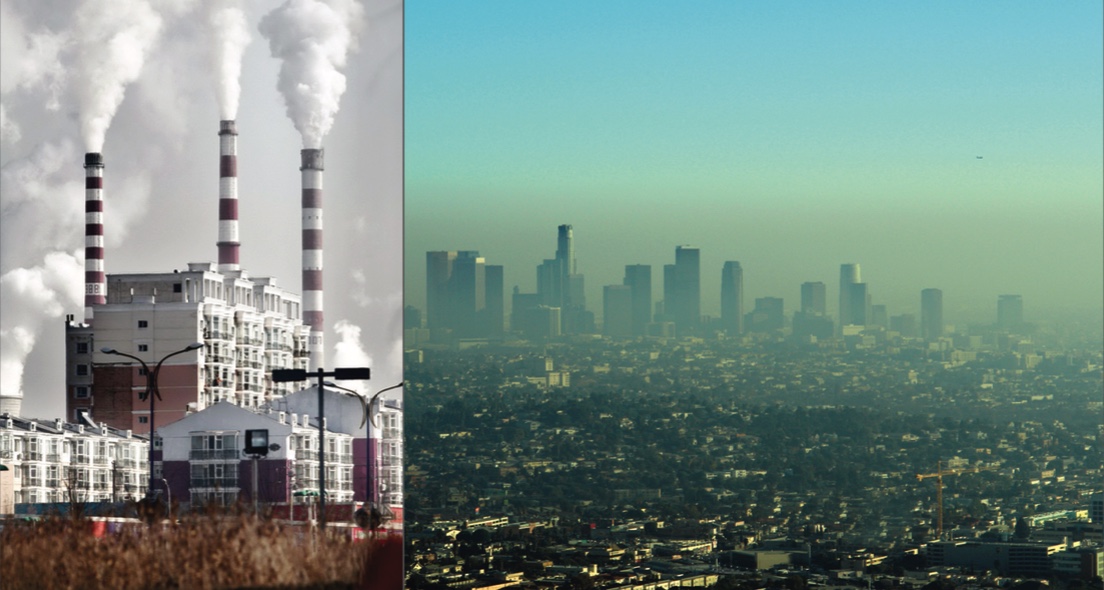17
Externalities and Public Goods 17
651
For people living in most major cities in the world, air pollution is a fact of life. Ozone, particulates, and general “crud” in the air result from economic activities such as driving cars and operating power plants and factories. This pollution imposes a significant cost on the health of people who must live with it. Some studies estimate the damages in terms of health costs at more than $100 billion per year in the United States alone.1
Over the past 40+ years, the United States has sought to reduce pollutants released into the air by setting limits on the amounts of pollution generated by cars and by various industries. In recent years, however, the baseline level of pollution on the West Coast (the level that would exist if there were NO domestic polluters) has risen significantly. Experts believe that a significant cause of the increase in baseline pollution comes from polluted air that originates in coal-
In this example, a transaction takes place between the power-
That’s not just bad luck—

right:DSP/steinphoto/istock
In Chapter 16, we saw that an imbalance of information between the participants in a transaction can lead to an inefficient market outcome (the production and consumption of too much or too little of a good), which reduces welfare by decreasing the surplus available to consumers and producers in a market. Asymmetric information is one source of market failure. In this chapter, we look at two other sources of market failures: externalities (such as pollution in our example) and public goods (which we discuss in detail later in the chapter). In addition to looking at why and how the existence of externalities and public goods cause market failures, we examine government policies implemented with the hope that they will encourage the production of surplus-
652